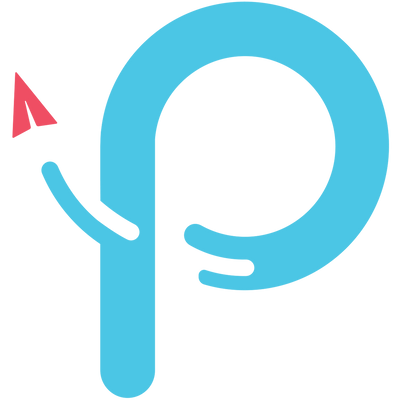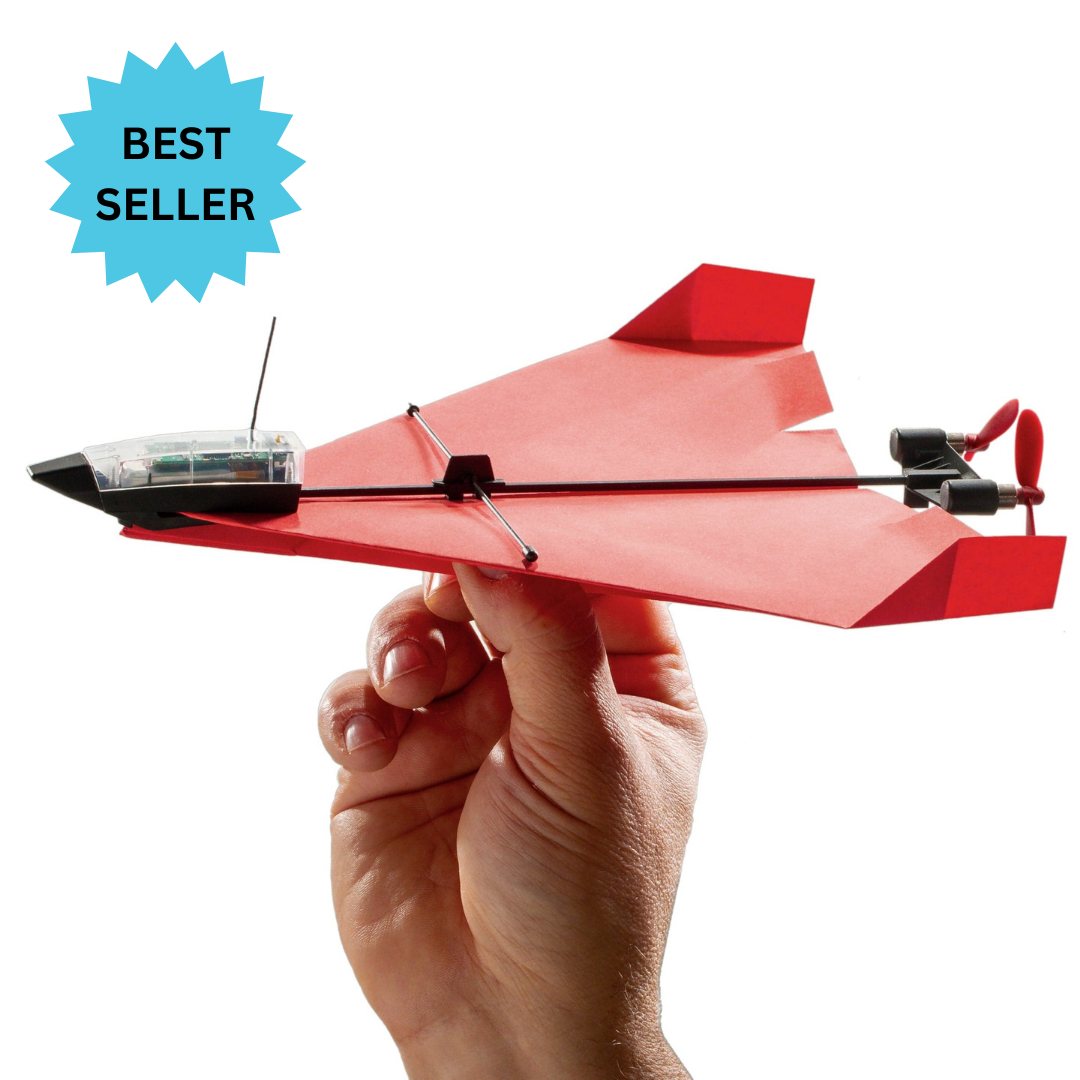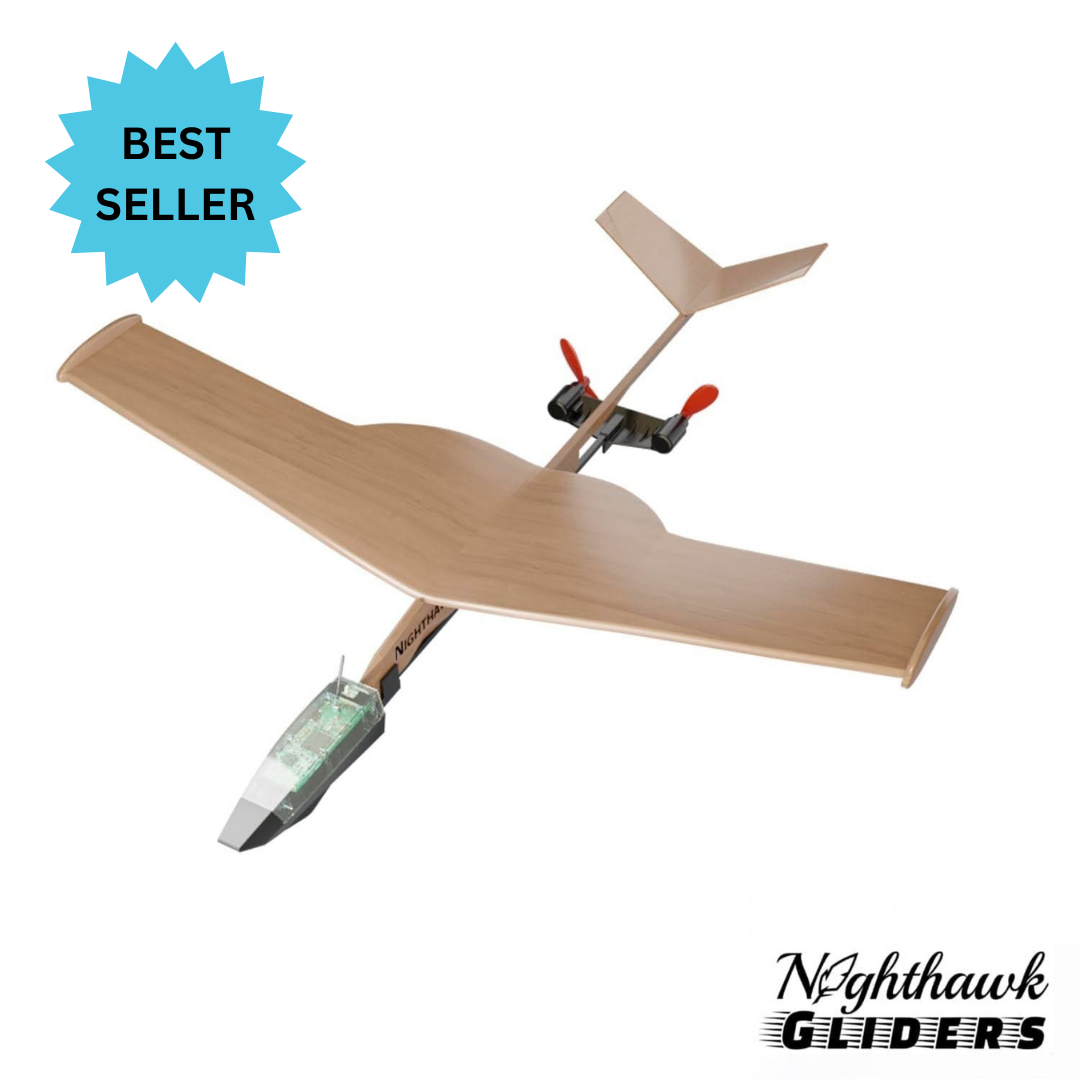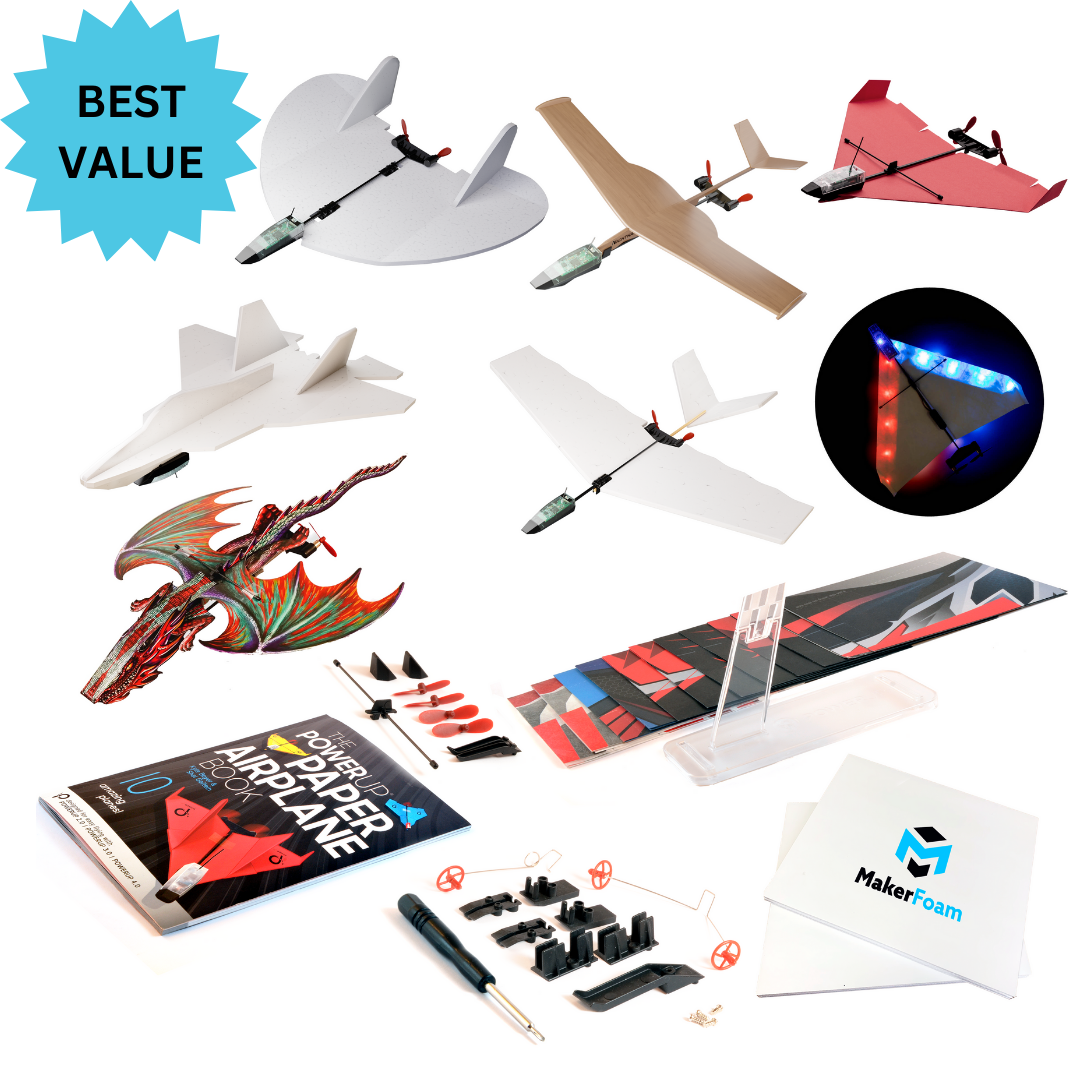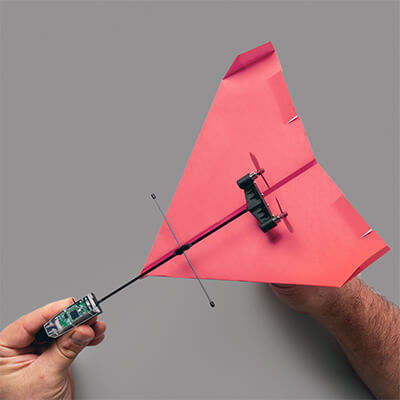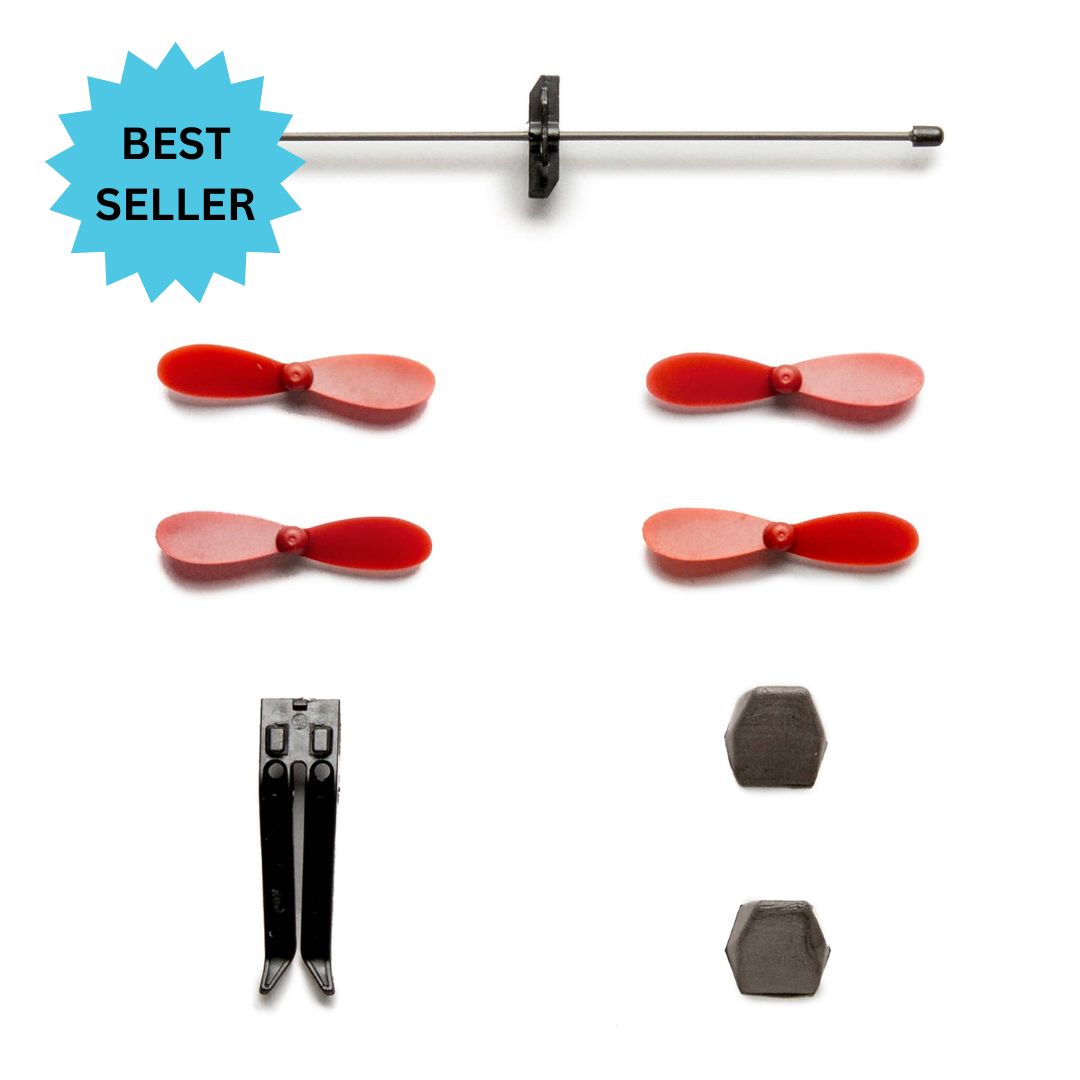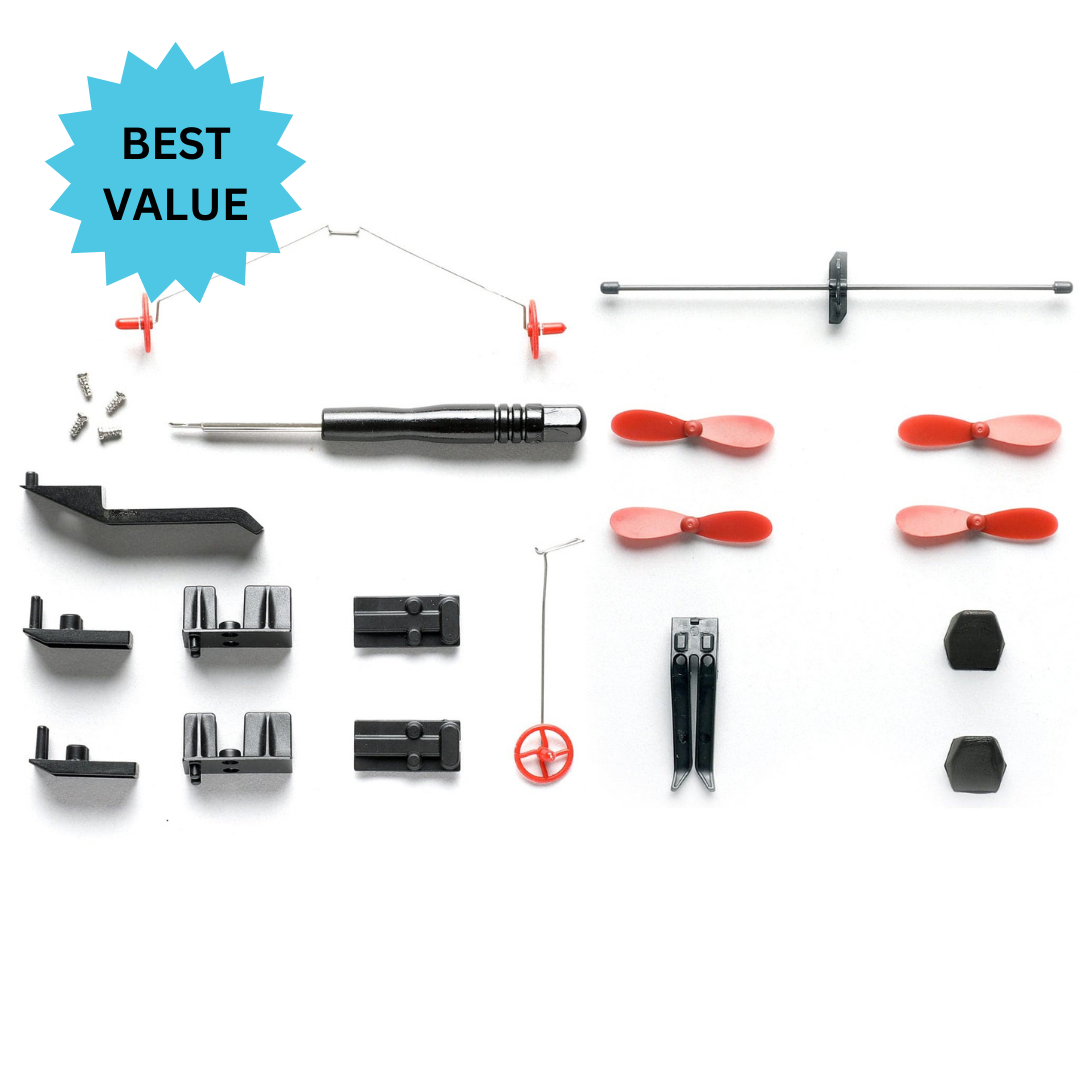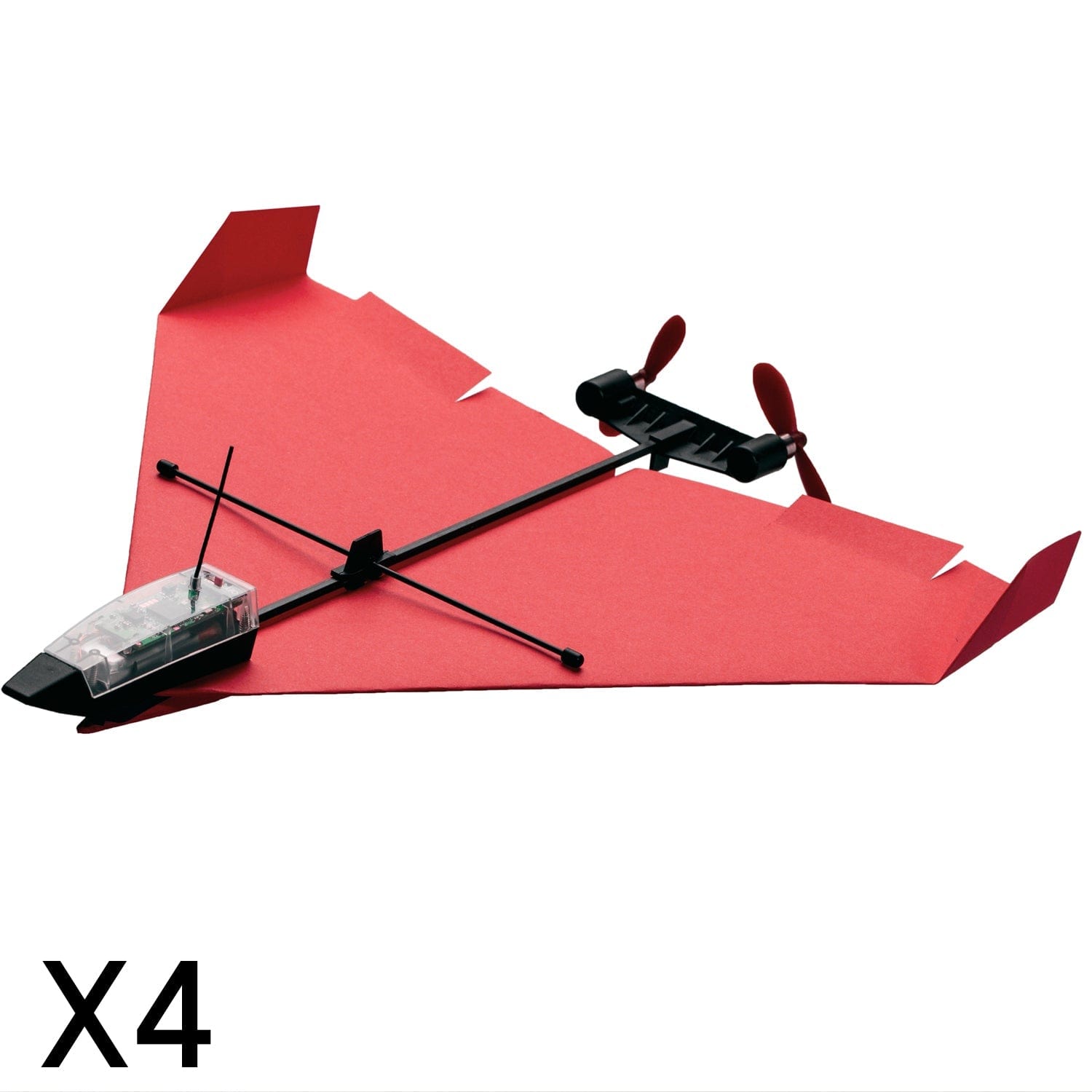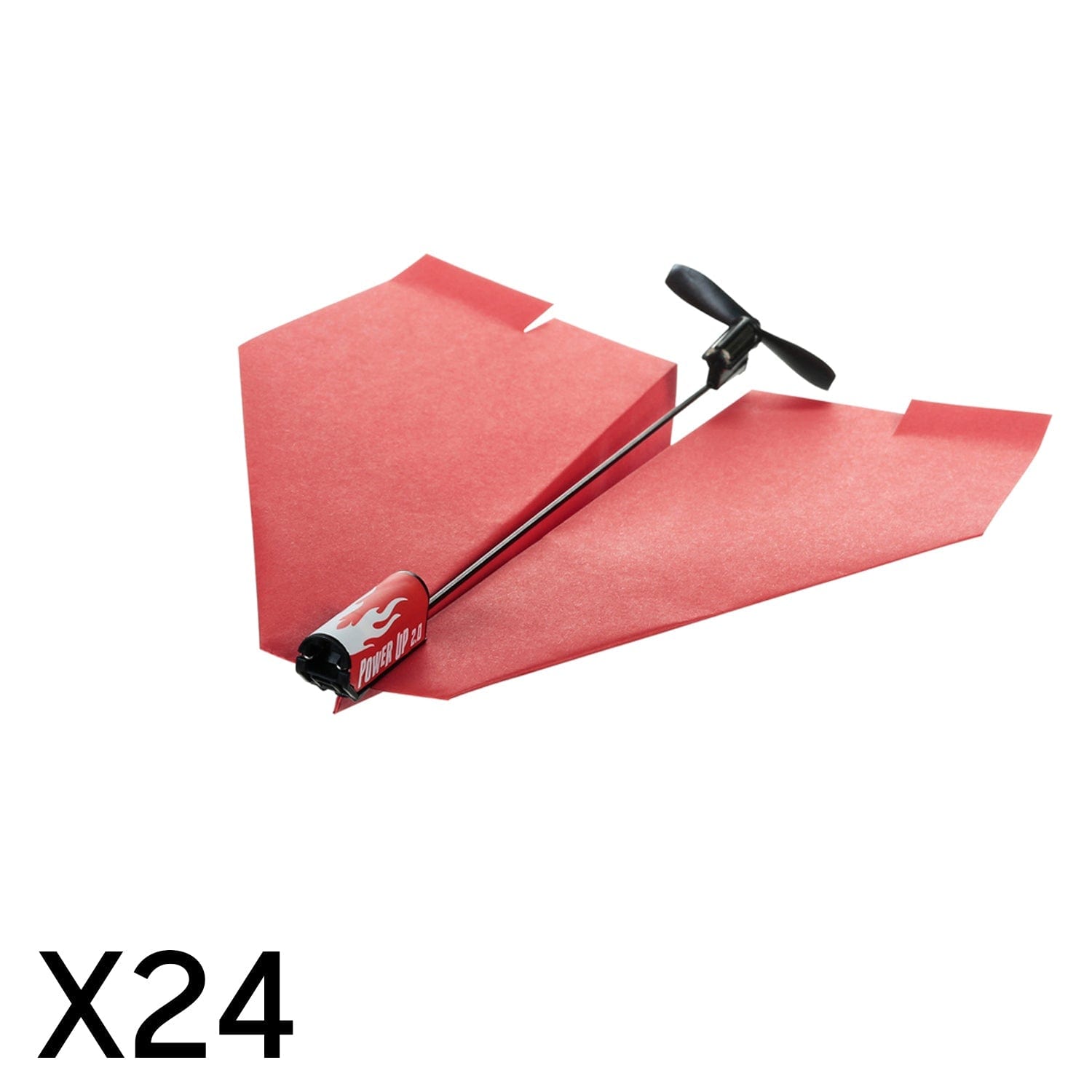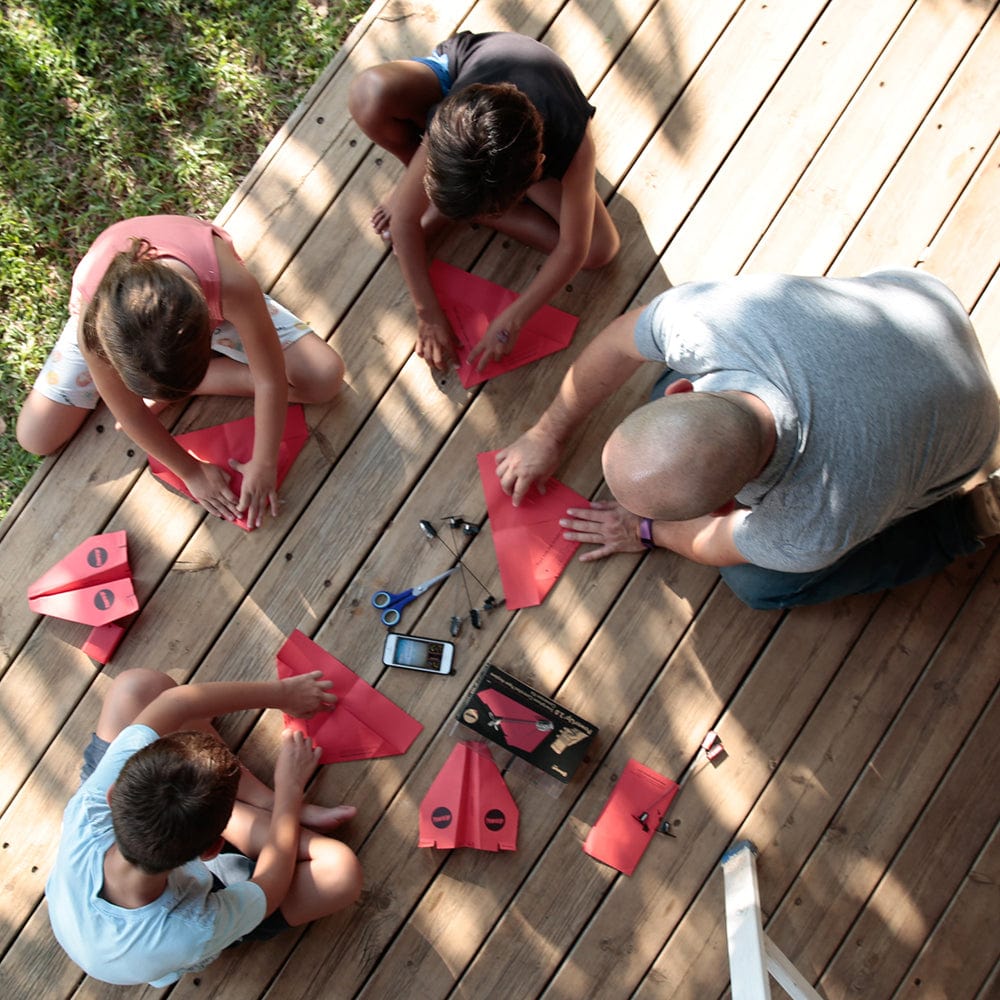TVT Community Day School - Case study
TVT Community Day School
Challenge: Creating an aviation curriculum that excites and challenges students in engineering electives.
Solution: Using POWERUP Toys to teach aerodynamics and more.
Introduction: TVT Community Day School is a college preparatory school rooted in Jewish values located
in Irvine, California. It’s Innovation@TVT (I@TVT) innovation program helps prepare students for the
ongoing challenges of the 21st Century. It integrates programs in engineering, science, mathematics,
and film with TVT’s core curriculum. One of the elective courses students can take starting in middle
school (grades 6-8) is pre-engineering. Once students get to upper school (grades 9-12) they can take
three levels of engineering and science research.
Diallo Wallace, the department chair for science and engineering and formerly in the Navy, is creating
EITs – engineers in training. As part of that, he wanted to teach students about aviation and aeronautics.
Aeronautical engineering and aviation science gives students the opportunity to learn about multiple
scientific concepts. As he began planning how he was going to teach these subjects, he faced a dilemma
because of the cost and complexity of the subject matter.
Determining the best classroom tool
Aviation by its nature is an expensive subject. On the one hand creating and flying paper airplanes is
inexpensive, but to really help students learn the various concepts needed for aeronautical engineering,
much more complex options needed to be available.
To determine the best tool for his needs, Wallace tested out a bunch of different products. He found it
was difficult to find a product that was both affordable and complex enough to teach the subject. When
he came across POWERUP Toys, he was initially skeptical and believed the STEM kits were too good to
be true. It was important for him to test it out himself before introducing it to his students to make sure
it was the perfect fit. After he tested the products out himself, he was then able to envision how the kits
would be used for teaching several math and science lessons.
Using POWERUP Toys in the classroom
It is Wallace’s goal to get sixth graders in the pre-engineering elective both mathematically and
analytically prepared for the following engineering course. POWERUP Toys helps him teach the
fundamentals. The POWERUP 2.0 electric paper airplane works as a tool to assist students as they begin
to visualize equations. They learn about surface area, density, altitude, humidity and other factors that
go into flight. Students are not only strengthening their STEM skills when they use POWERUP Toys STEM
kits, they get a chance to learn about meteorology, chemistry, and physics as they look at the
environment their planes will fly in. During Wallace’s lesson, they also get the chance to practice their
communication skills. They have the opportunity to work in teams when constructing their plane
designs and to practice their presentation skills when they present their final products.
Once students are able to master the 2.0, they then move on to the POWERUP 3.0 smartphone
controlled airplane. Some students even move up to the POWERUP DART app controlled airplane and
POWERUP FPV video paper airplane after meeting all of the requirements Wallace set for the lessons
with the 2.0 and 3.0. By the time students are sophomores, they are applying electrical concepts to their
aircraft and by their junior year they are applying electrical mechanical concepts to their designs. As
students watch their aircraft crash or fly, they learn ways to analyze their design and determine what
needs to be fixed or improved.
Students typically log a total of five hours of flight time throughout the school year. Using POWERUP
Toys has inspired one student to change her career path and she completely rearranged her schedule so
she could continue to take engineering electives. “It has been great to have parents come to me and say
how their child has completely shocked them by wanting to become an engineer,” Wallace explained.
“It’s great to hear the excitement I see in my students is reaching beyond the classroom.”
Viewing POWERUP Toys as an educational research tool
Although toy is in the company’s name, there is a lot more to the powered paper airplanes. Wallace’s
class has been able to collect data on flights over the past year. The opportunity to gather this data has
inspired Wallace to develop a curriculum involving drones. Last year, Wallace’s students succeeded in
both the flying and knowledge tests and took first place in aviation at the Orange County Science
Olympiad. Since Wallace incorporated aviation into the engineering classes, students have had endless
opportunities to learn and experience flight.
